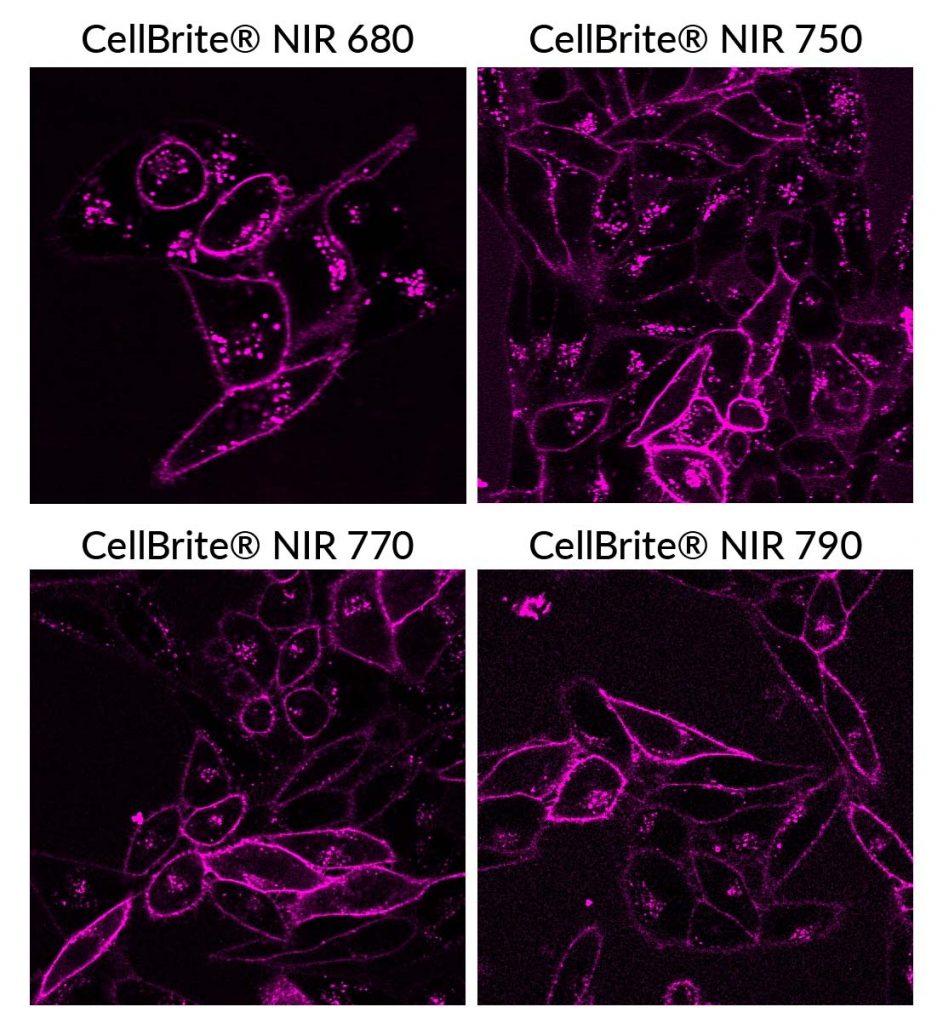Content #1
Content #1
Content #1
Optical-Resolution Photoacoustic Microscopy (OR-PAM) is a technique for imaging optical absorbers such as hemoglobin, melanin, lipids, and exogenous contrast agents inside biological tissues. OR-PAM uses repeated spatial scanning for each excitation wavelength. While this allows for effective imaging, it also decreases throughput and results in motion artifacts due to the translation of the optical absorbers during repeated scanning. There has been a marked improvement in high-throughput imaging techniques for wide-field imaging of transient events in biological tissues, but there remains a need for improving fast wavelength scanning in OR-PAM and the expansion of usable dyes in the near-infrared (near-IR) wavelength range.
In a recent publication in Photoacoustics, Takeshi et al. proposed a novel spectroscopic OR-PAM technique that acquires data from single spatial scans, significantly reducing the motion artifacts generated during multiple scans at each excitation wavelength. The new technique is accomplished by deconvolving signals produced by broadband excitation light with and without a wavelength-dependent time delay, greatly improving tissue penetration and image contrast. The authors validated this technique for imaging of HeLa cells stained with the membrane dye CellBrite® Red, as well as near-IR membrane dyes CellBrite® NIR680, CellBrite® NIR750, and CellBrite® NIR790.
The authors demonstrate improved throughput with their technique, by removing the wavelength scan performed in most existing multispectral OR-PAM options. Combining Takeshi et al.’s technique with fast spatial scanning techniques significantly contributes to recent OR-PAM applications by reducing motion artifacts, allowing for better quality image acquisition in living cells and tissue. Additionally, the expansion of usable wavelengths into the near-infrared range is advantageous for contrast agent imaging, which can further contribute to the improved tracking of intercellular interactions in vivo.
Learn more about Biotium’s visible light and near-infrared CellBrite® Cytoplasmic Membrane Dyes as well as other membrane and cell surface stains.

Full Citation:
Takeshi H., Kazuyoshi T., Manami M., Shinpei O., Toshihiro K., Miya I. (2022). Spectroscopic photoacoustic microscopic imaging during single spatial scan using broadband excitation light pulses with wavelength-dependent time delay. Photoacoustics, 26, 2213-5979. https://doi.org/10.1016/j.pacs.2022.100364